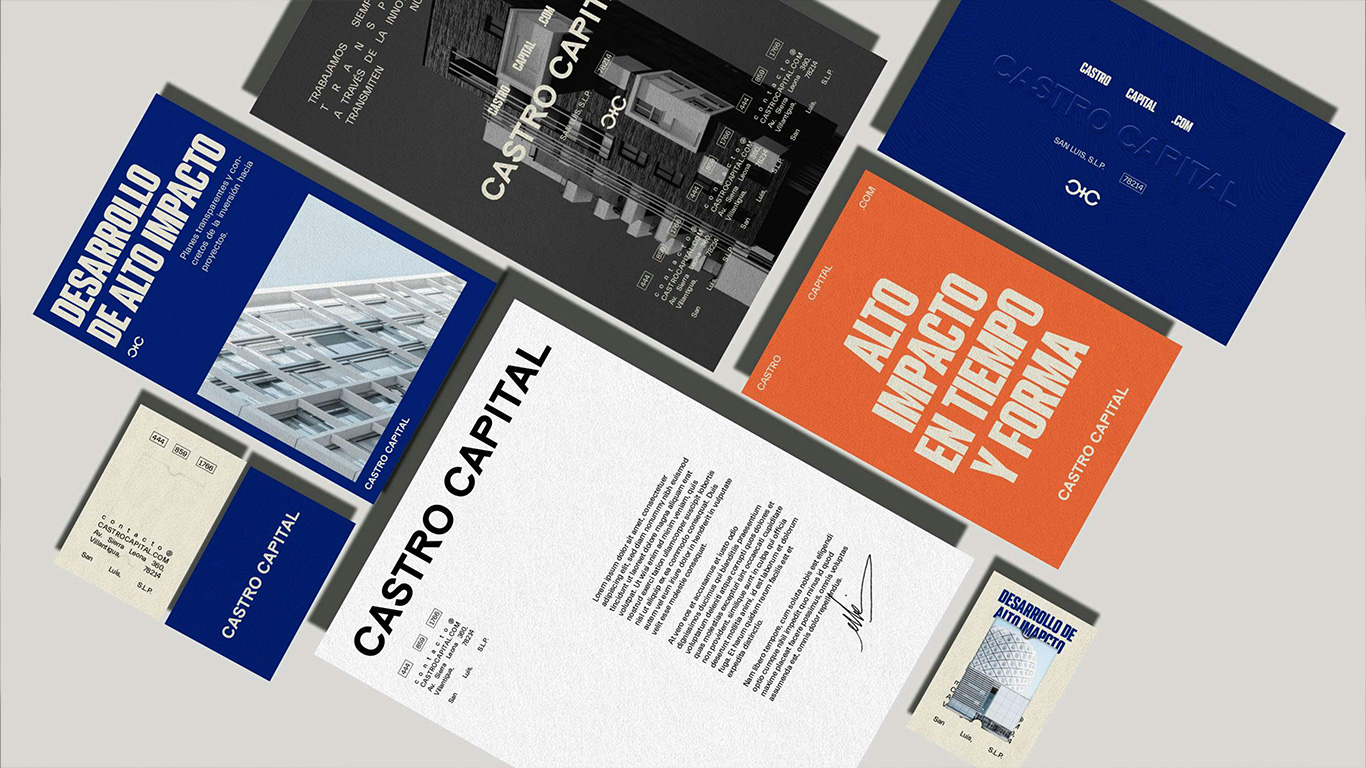

Logos Open Doors. Trust Keeps Them Open.
A polished logo is good at grabbing attention. It signals professionalism, creativity, and ambition.
But customers don’t stay loyal or become regular customers because of a logo. They stay because of trust.
Think about the brands you stick with. Is it their design, or the quality of the service they consistently deliver on promises?
The Trust Gap in Modern Branding
A global Ipsos study found that 87% of consumers choose brands they trust, even if they cost more. Trust has become the deciding factor compared to price or convenience.
In markets like Qatar, where industries like hospitality, real estate are filled with options, trust makes the difference between a one-time purchase and a long-term relationship.
Why Logos Alone Fall Short
- Logos Don’t Tell the Brand Story
They’re a symbol, not a narrative. A logo is just a fancy decoration if there is no brand voice, values or a consistent message. - Customers Want Proof, Not Just Polish
Any company can invest in design. But fewer utilize it with reliable service, transparency, and quality. - Recognition Requires Consistency
Your logo might appear on your website, but if it does not feel connected and seamless experience through social media tone, in-store experience, and customer service, then the recognition will not be as expected.
Building Trust: The Real Work Behind a Brand
1. Define and Live Your Values
If the company says “customer-first,” prove it with the policies, after-sales care, and daily interactions.
2. Keep Your Voice Consistent
From Instagram captions to email newsletters, customers should feel like they’re hearing from the same “personality” every time.
Customers should feel the same “personality” every time they see the brand. Like in an Instagram post, or email newsletter, or a billboard.
3. Deliver on Your Promises
In Qatar’s competitive market, word travels so fast. And nothing kills the trust faster than overpromising and underdelivering. Don't let customers' disappointments travel so fast.
4. Connect Culturally
Bilingual communication (Arabic & English) and cultural awareness aren’t options. They’re essentials for trust.

Example: When Trust Outshines Design
A cleaning company in Doha has a stylish, memorable logo, but they were struggling with repeat customers.
The problem? Inconsistent messaging, staff were not trained properly, and there were slow follow-ups.
Once they fixed their customer experience with their brand values, trained their staff, streamlined service, and improved communication, repeat purchases jumped by 31% in three months. The logo didn’t do this. The trust did.
The Takeaway
A logo may be the beginning of the path, but trust keeps it going. In the fast-paced business market like Qatar, trust isn’t a “soft” asset; it’s a growth strategy.



